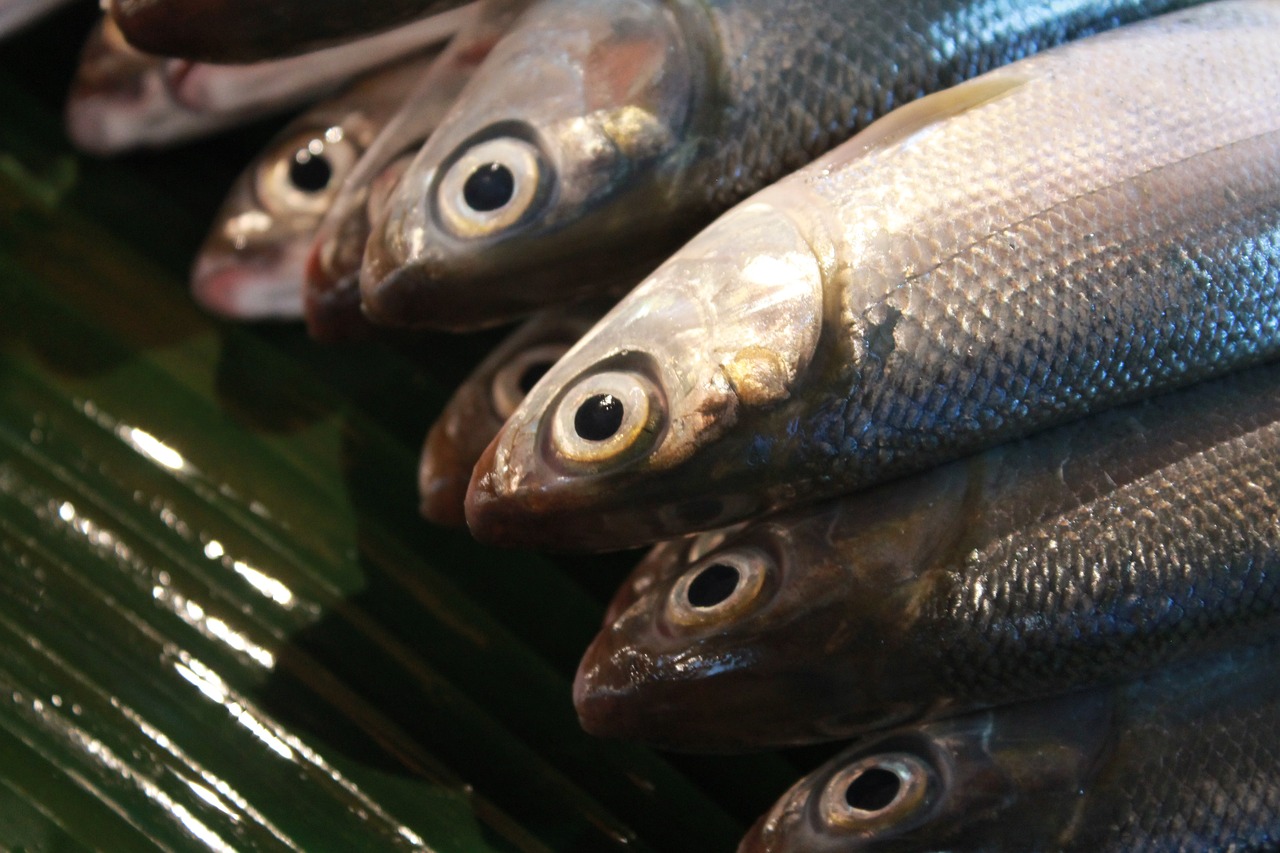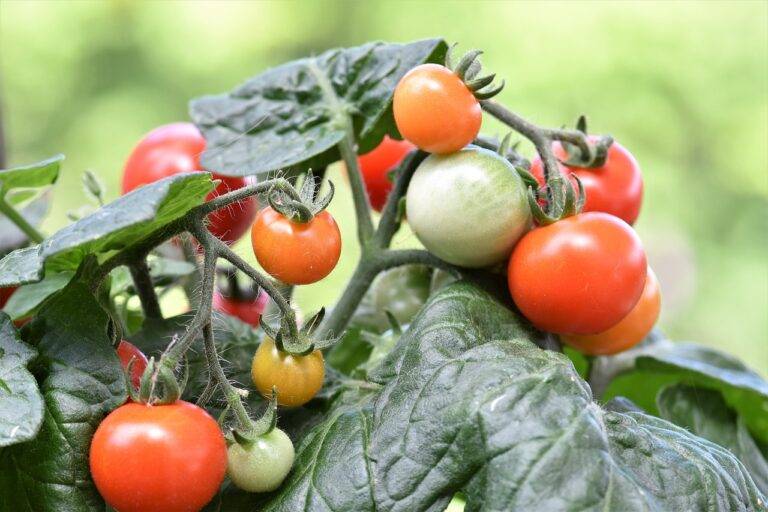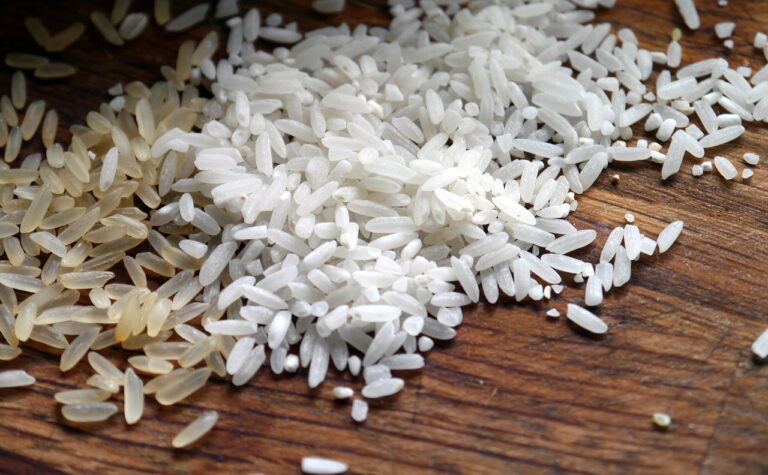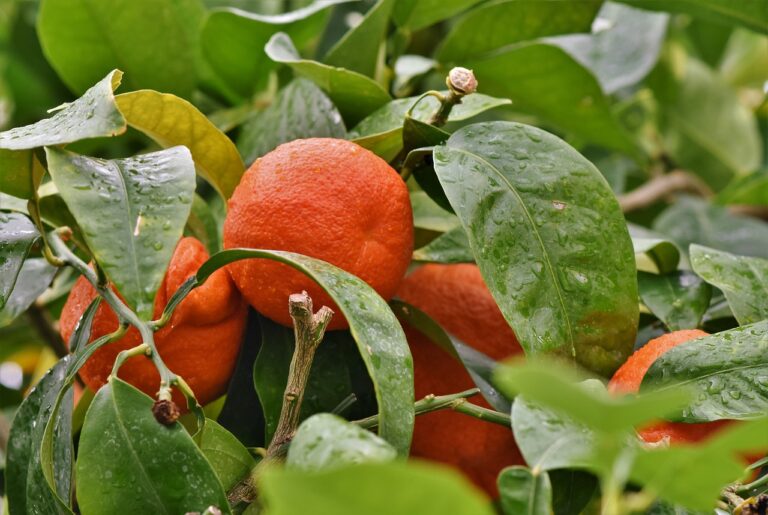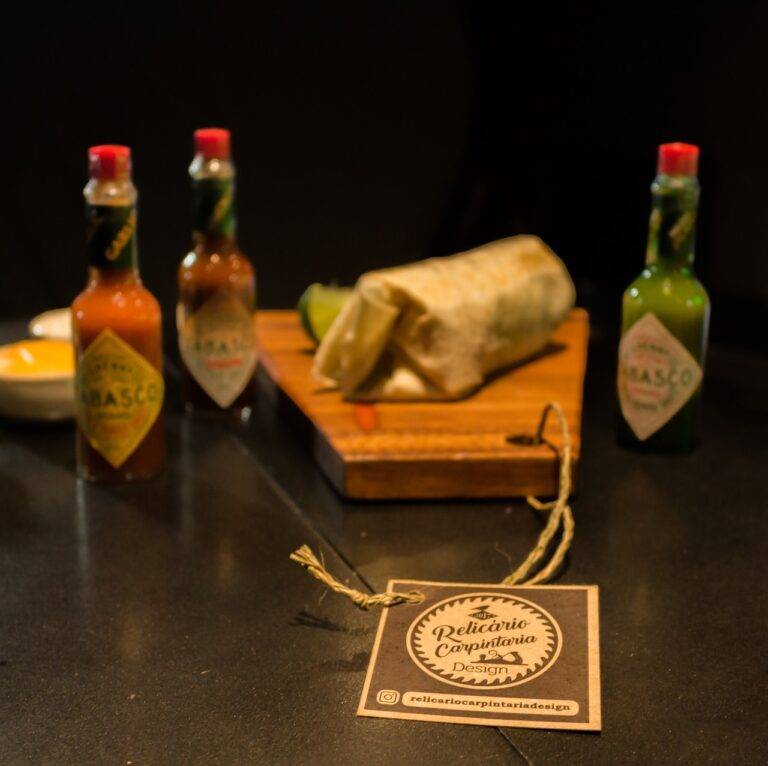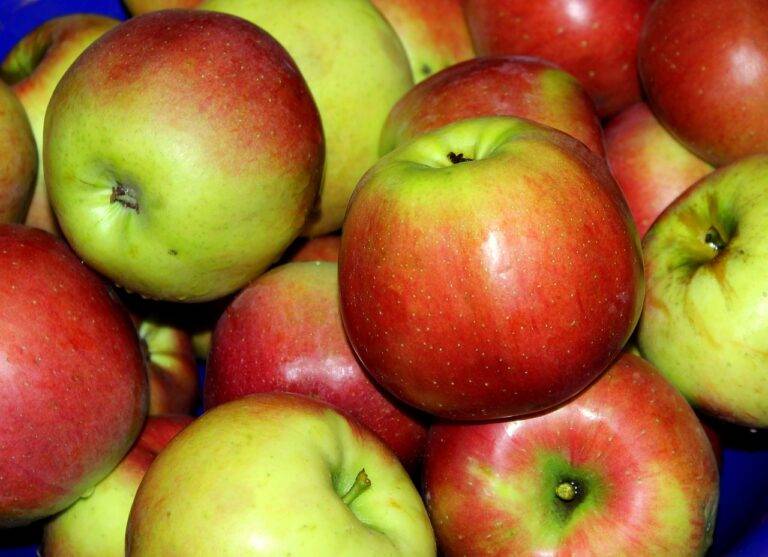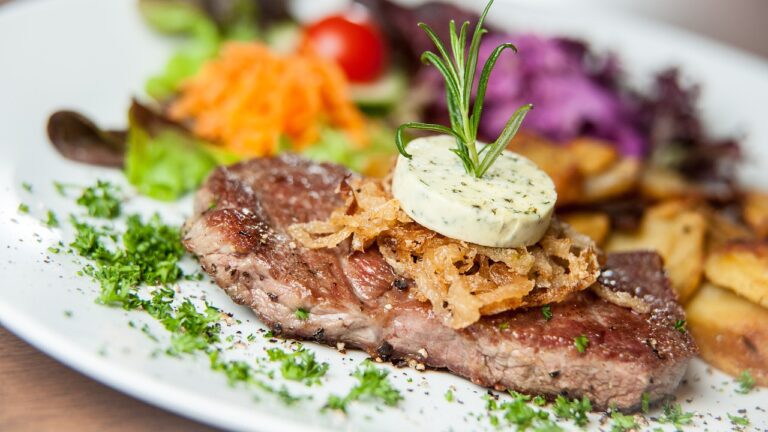Addressing Food Safety Concerns in Pet Food Production: Laser247, Lotus365, Sky247 login
Laser247, lotus365, sky247 login: Addressing Food Safety Concerns in Pet Food Production
Pet owners today are increasingly concerned about the quality and safety of the food they feed their furry companions. With the growing number of pet food recalls and reports of pets falling ill after consuming certain products, it’s no wonder that pet owners are seeking more information about how pet food is produced and what measures are in place to ensure its safety.
In this article, we will explore some of the key food safety concerns in pet food production and discuss the steps that pet food manufacturers can take to address these concerns and reassure pet owners that their products are safe for consumption.
Understanding Food Safety Concerns in Pet Food Production
Pet food production is subject to many of the same food safety concerns as human food production. Contamination from bacteria, molds, and other pathogens can occur at various stages of the manufacturing process, from raw ingredient sourcing to packaging and distribution.
Some of the key food safety concerns in pet food production include:
1. Contamination of raw ingredients: The raw ingredients used in pet food production, such as meat, grains, and vegetables, can become contaminated with bacteria or other pathogens during transportation, storage, or processing.
2. Cross-contamination during processing: Cross-contamination can occur when equipment used to process different types of pet food is not properly cleaned and sanitized between batches.
3. Inadequate quality control: Without proper quality control measures in place, pet food manufacturers may not be able to ensure that their products meet safety and quality standards.
4. Insufficient testing: Some pet food manufacturers may not conduct adequate testing for contaminants or pathogens in their products, putting pets at risk of illness.
Addressing Food Safety Concerns in Pet Food Production
To address these food safety concerns and ensure that pet food is safe for consumption, pet food manufacturers can take the following steps:
1. Source high-quality ingredients: Pet food manufacturers should source ingredients from reputable suppliers with strict quality control measures in place.
2. Implement strict sanitation procedures: Proper cleaning and sanitation procedures should be in place to prevent cross-contamination during processing.
3. Conduct regular quality control checks: Pet food manufacturers should conduct regular checks to ensure that their products meet safety and quality standards.
4. Test products for contaminants: Regular testing for contaminants, such as bacteria and molds, can help pet food manufacturers identify and address potential safety issues.
5. Educate employees: Proper training and education for employees on food safety best practices can help prevent contamination and ensure product safety.
6. Implement traceability measures: Traceability measures should be in place to track ingredients from their source to the final product, making it easier to identify and address any safety concerns that may arise.
By taking these steps, pet food manufacturers can reassure pet owners that their products are safe for consumption and help prevent food safety issues that could harm pets.
FAQs
1. Are natural pet foods safer than conventional pet foods?
While natural pet foods may be marketed as healthier options, it’s important to note that all pet foods must meet certain safety and quality standards set by regulatory authorities. Whether a pet food is natural or conventional, the key factor in ensuring its safety is the manufacturing process and quality control measures in place.
2. How can I know if a pet food is safe for my pet?
One way to ensure the safety of a pet food is to look for products that have been certified by reputable organizations, such as the Association of American Feed Control Officials (AAFCO). These certifications indicate that the pet food meets certain safety and quality standards.
3. What should I do if my pet shows signs of illness after consuming a certain pet food?
If your pet shows any signs of illness after consuming a particular pet food, it’s important to stop feeding them that food and consult a veterinarian immediately. The veterinarian can help diagnose the issue and recommend appropriate treatment for your pet.
4. Are homemade pet foods safer than commercial pet foods?
While some pet owners may prefer to feed their pets homemade foods, it’s essential to ensure that these foods are nutritionally balanced and safe for pets. Without proper knowledge and expertise, homemade pet foods may lack essential nutrients or pose safety risks to pets.
5. How can I stay informed about pet food recalls and safety alerts?
To stay informed about pet food recalls and safety alerts, pet owners can sign up for notifications on the websites of regulatory authorities, such as the Food and Drug Administration (FDA) or the AAFCO. Additionally, following reputable pet food manufacturers on social media or subscribing to their newsletters can also help keep pet owners informed about any safety concerns.
In conclusion, addressing food safety concerns in pet food production is essential to ensuring the health and well-being of our beloved pets. By sourcing high-quality ingredients, implementing strict sanitation procedures, conducting regular quality control checks, testing products for contaminants, educating employees, and implementing traceability measures, pet food manufacturers can reassure pet owners that their products are safe for consumption. Stay informed and vigilant about pet food safety to keep your furry companions happy and healthy.

